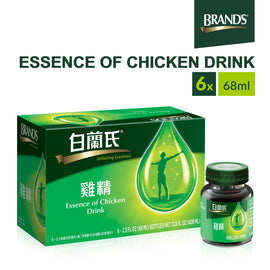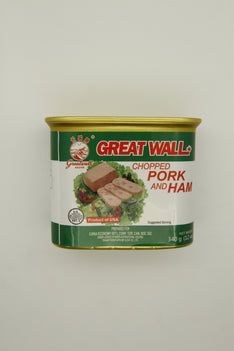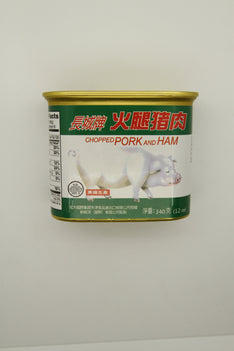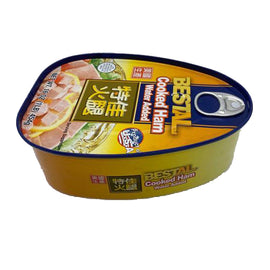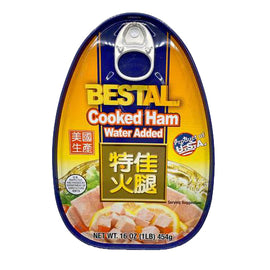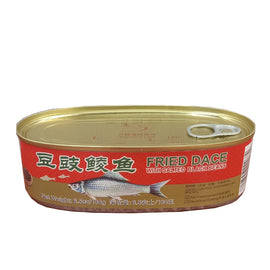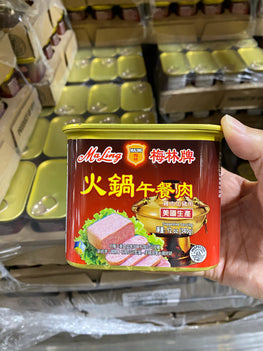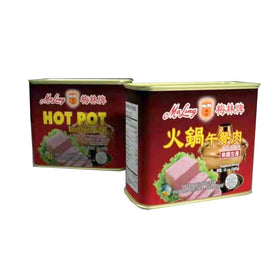Product successfully added to your shopping cart

Canned Goods
From Battlefield to Pantry: The Story of When Canned Goods Became a Staple
Open any kitchen cupboard today, and you’re likely to find a can of beans, tomatoes, or soup waiting patiently for a busy weeknight. This simple act of preservation is so woven into the fabric of modern life that we hardly give it a second thought. But the journey of the humble tin can from a military novelty to a pantry essential is a story of war, innovation, and changing lifestyles. So, when did canned goods truly become popular?
The answer isn't a single date, but a fascinating evolution spanning the 19th and early 20th centuries, with their popularity exploding in the pivotal years around World War I.
The Invention: A Response to Napoleon’s Army
The story begins not in a home kitchen, but on the battlefield. In 1795, Napoleon Bonaparte, frustrated by the constant challenge of feeding his vast, mobile armies, offered a 12,000-franc prize to anyone who could develop a reliable method of food preservation. The winner, French confectioner Nicolas Appert, discovered that by sealing food in glass jars and heating them, the contents would remain edible for long periods. He won the prize in 1809.
Soon after, Englishman Peter Durand patented the use of tin-coated iron cans—a more robust and less breakable alternative to glass. The first commercial canning factory opened in London in 1813, supplying the Royal Navy. These early cans were hand-made, thick, and required hours of boiling to sterilize, making them expensive and slow to produce. For decades, canned goods were a luxury item or, more commonly, exclusive military rations.
The 19th Century: Laying the Foundation
Throughout the mid-1800s, a series of technological breakthroughs slowly made canning more accessible.
-
Key Inventions: The can opener wasn't even invented until 1855 (soldiers previously used bayonets or chisels!). More importantly, the introduction of automated machinery and the understanding of pasteurization by Louis Pasteur in the 1860s dramatically improved the safety, speed, and affordability of canning.
-
Niche Popularity: By the time of the American Civil War (1861-1865), canned goods like condensed milk (invented by Gail Borden in 1856) and canned meats were vital for Union troops, introducing millions of soldiers to their convenience. Simultaneously, canned foods became a lifeline for pioneers heading west and for explorers on long sea voyages.
Despite these advances, by the end of the 19th century, canned goods were still not a commonplace item in the average household. They were often viewed with suspicion—early canning sometimes used lead solder, with tragic consequences—and were still more expensive than fresh or traditionally preserved foods.
The Tipping Point: World War I and the 1920s
This is the period when canned goods truly became popular and mainstream.
World War I (1914-1918) was the catalyst. Governments needed to feed millions of soldiers in trench warfare, where supply lines were strained and fresh food was impossible. The massive war effort led to unprecedented levels of canned food production. Brands like Hormel created iconic products such as SPAM to meet this demand. An entire generation of young men from rural and urban areas alike grew accustomed to eating from cans.
When these soldiers returned home, they brought this acceptance with them. This cultural shift coincided perfectly with the social and technological changes of the 1920s:
-
The Rise of Supermarkets: Self-service grocery stores began to stock shelves with branded, canned goods, making them easily accessible.
-
The Home Kitchen Revolution: The proliferation of the home can opener and the icebox (and later, the refrigerator) made storing and using canned goods effortless.
-
Changing Lifestyles: The 1920s saw the beginning of a shift towards convenience. As more people moved to cities and women began to enter the workforce, the time-saving appeal of canned vegetables, fruits, and pre-made soups became irresistible.
-
Improved Safety and Trust: Advances in manufacturing and safety standards, including the 1906 Pure Food and Drug Act in the U.S., alleviated public fears about the quality of canned food.
The Golden Age and Beyond
Canned goods reached their zenith during World War II, when victory gardens and rationing made them a central part of the home front diet. In the post-war boom of the 1950s, they symbolized modern convenience and optimism, finding their way into countless casseroles and Jell-O molds.
While fresh and frozen foods have since competed for shelf space, the canned good has never lost its place. Today, it is valued not just for its convenience and long shelf life, but also for its affordability and nutritional value—modern canning locks in nutrients at their peak.
Conclusion
Canned goods did not become popular overnight. Their journey was a slow burn, from a military solution in 1813 to a kitchen staple a century later. While invented to feed Napoleon's army, it was the confluence of World War I, the social shift of the 1920s, and the relentless pursuit of convenience that finally propelled the tin can from the battlefield to the pantry, forever changing the way the world eats.


